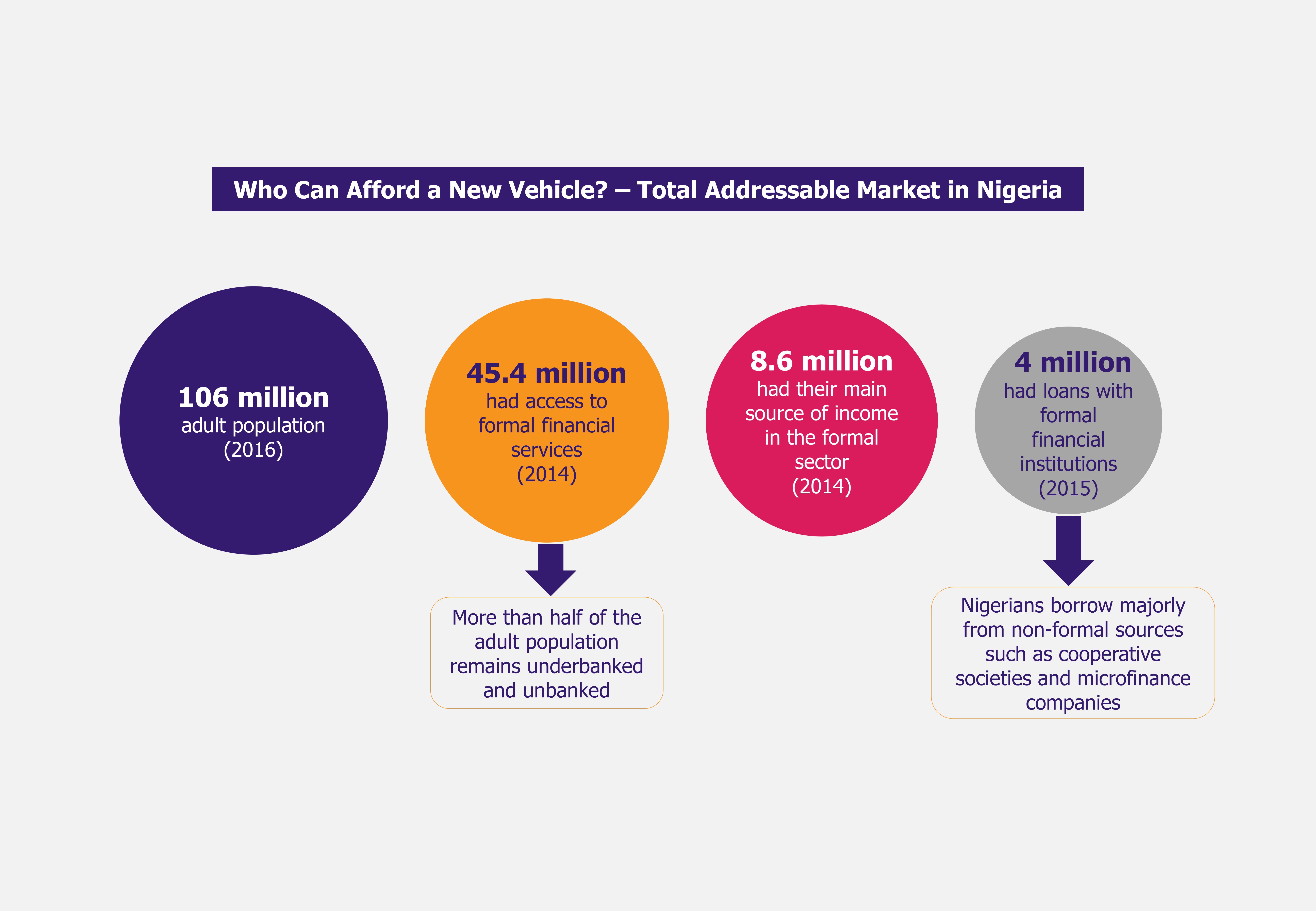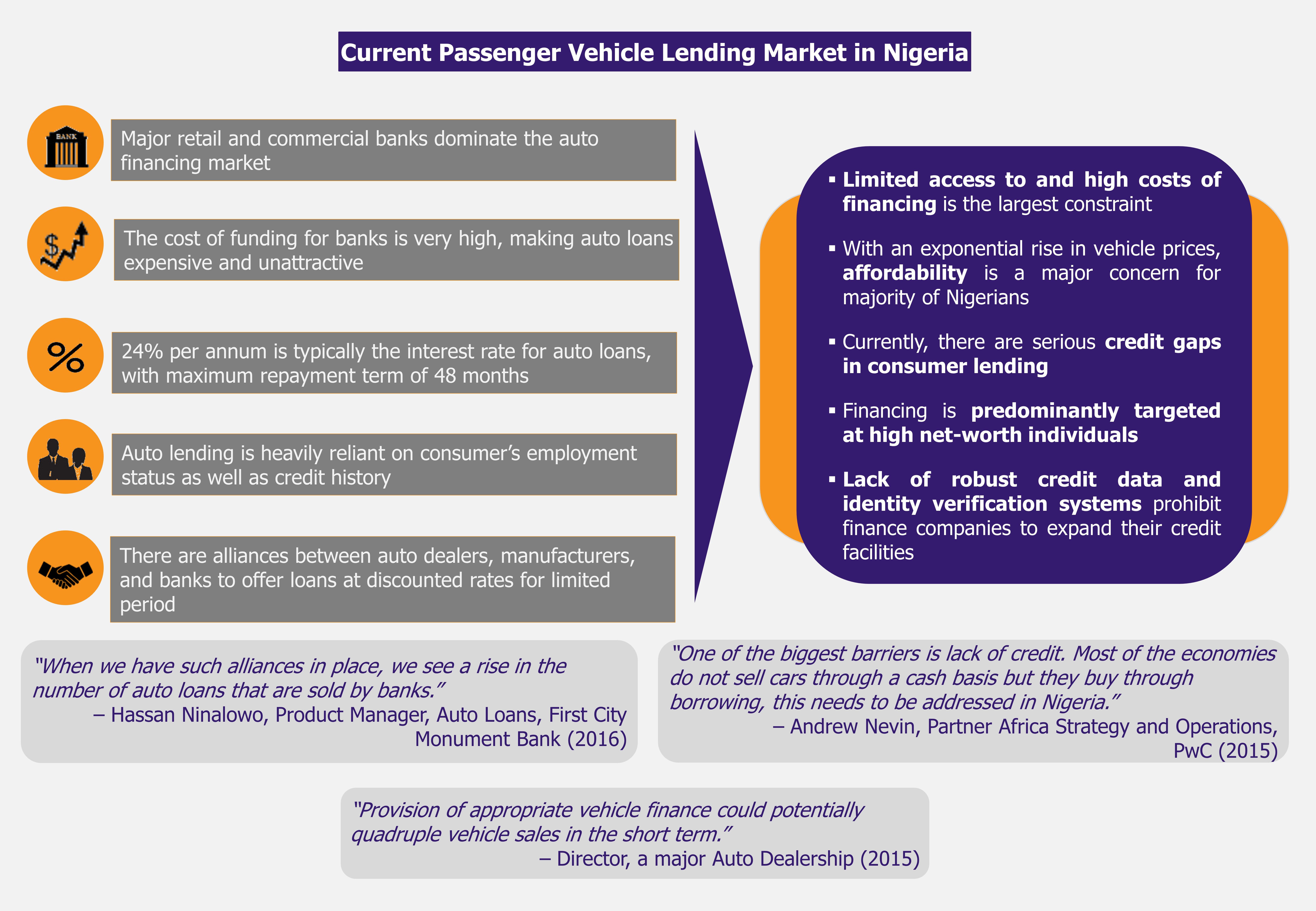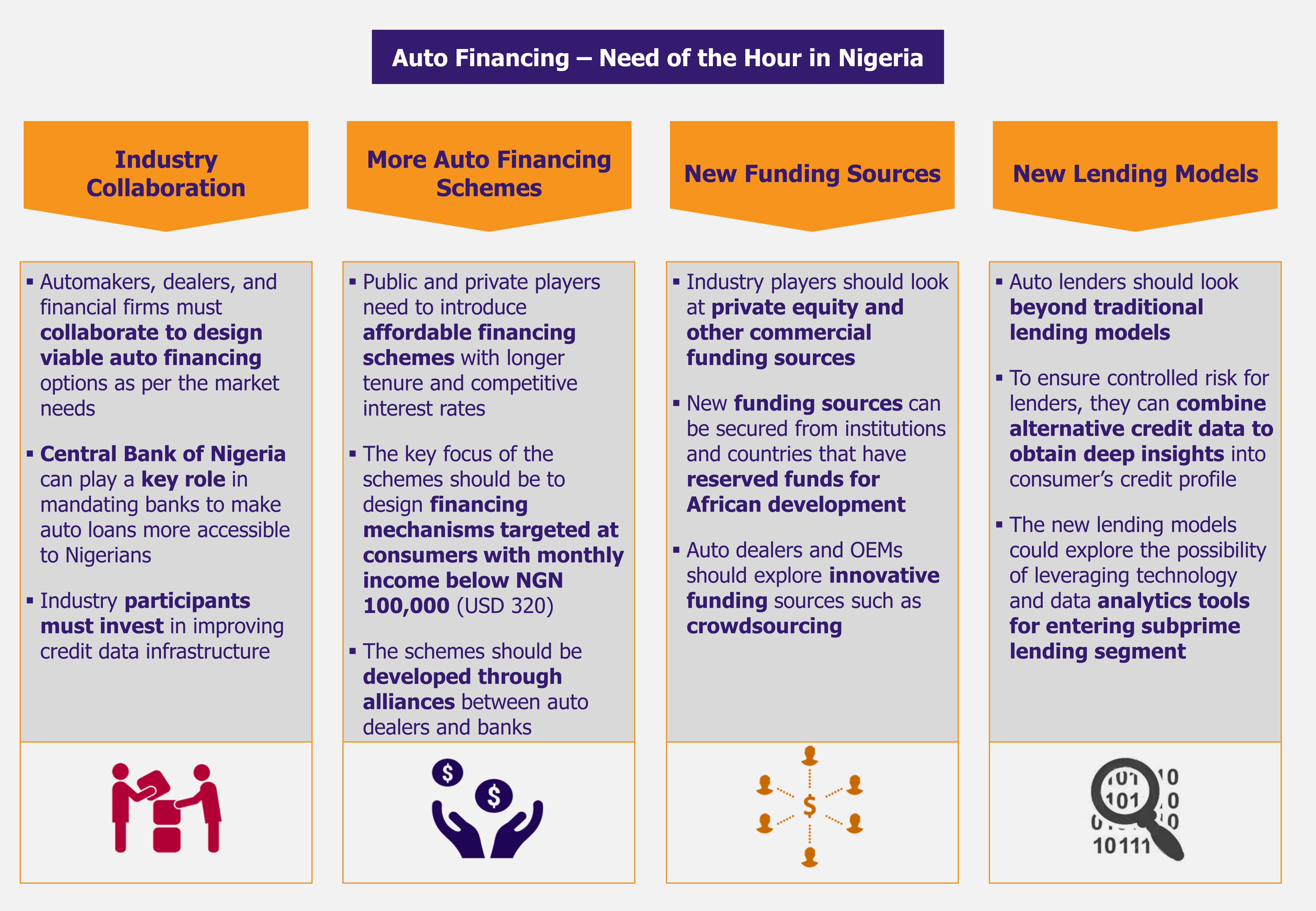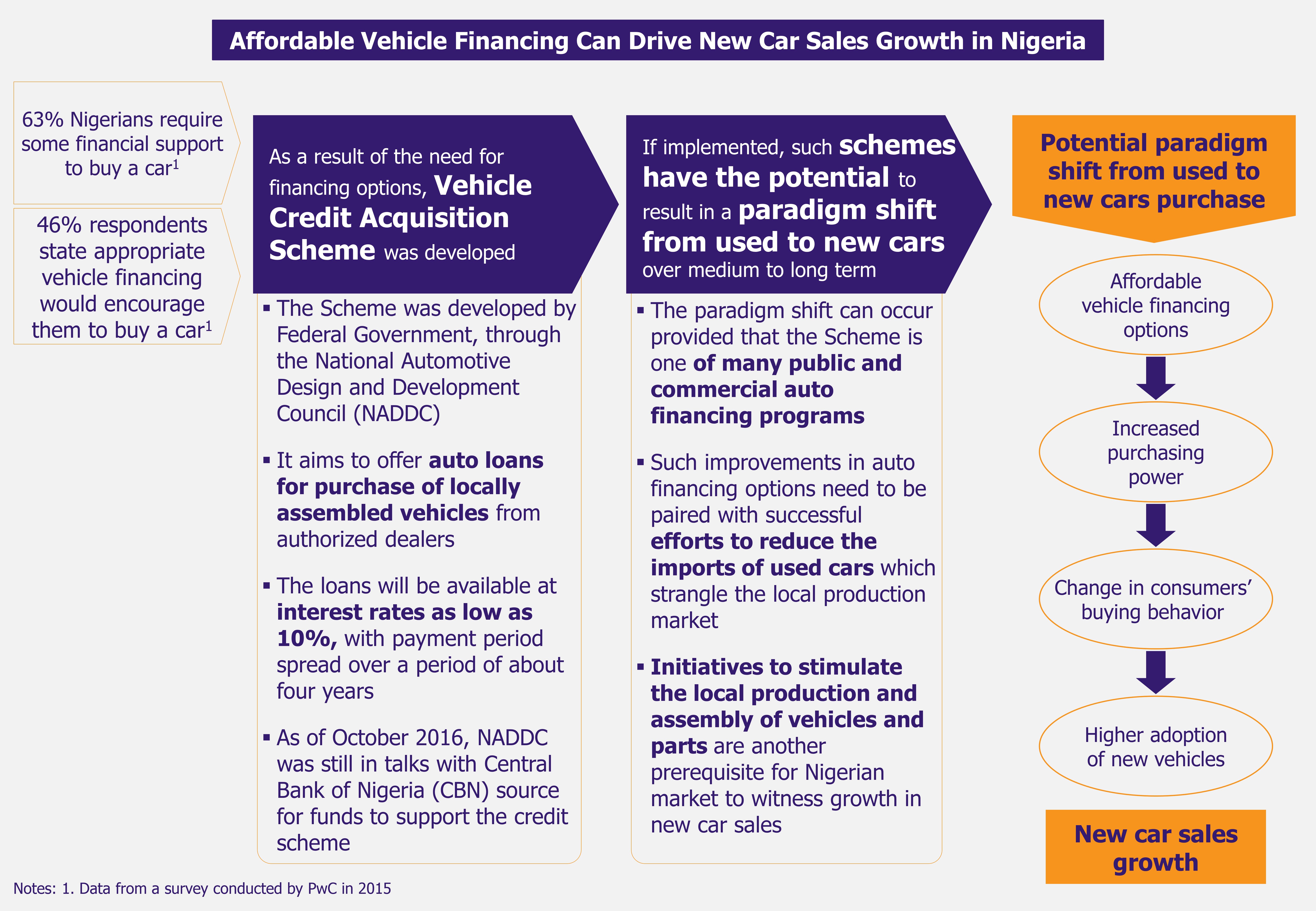(This post, along with recently published article on auto financing in Nigeria, formed a mainstay of a broader coverage article titled ‘Affordable auto financing essential for OEM success in Africa’, contributed by EOS Intelligence to ‘Guide to the automotive world in 2017’, Automotive World’s annual publication covering a gamut of articles by leading global automotive industry analysts and consultants. The report was published in January 2017)
——————-
Banned in 2009 in order to curb the national import bill as well as the level of household debt, consumer credit was reinstated in Algeria in early 2016 to encourage the consumption of national products. In the local automotive industry, Renault Symbol is the only passenger vehicle currently available on auto financing, since Renault is the only locally assembled vehicle in Algeria. Can the return of consumer credit along with other policies provide the much needed boost to the nation’s passenger vehicle industry?
With a total population of approximately 40 million, Algeria is the second largest automotive market on the African continent. For the past several years, the country’s automotive industry has relied heavily on imports from Europe and Asia, importing nearly two million cars between 2012 and 2015. Today, the industry continues to be heavily dominated by imported vehicles, which account for approximately 85-90% of the total market. Passenger car manufacturing is limited, with Renault Algerie being the only domestic manufacturer (the Renault Algerie production plant is an assembly unit that builds the Symbol model from completely knocked down production for the Algerian market).
In 2009, all consumer loans were abolished by the government in an effort to reduce import bills as well as the level of household debt. However, in 2016, under the Executive Decree No. 15-114 of May 2015, consumer loans were made available on selected goods manufactured nationally. Under the scheme, car loans are available only on Renault Symbol, since it is the only locally-assembled vehicle.

Unlike in Nigeria and in several other African countries, where accessibility and affordability of car finance remain an immense challenge, in Algeria, a considerable part of the population can qualify for loans based on their monthly income level. As a result, major Algerian banks have seen a rapid surge of car loan applications. Although access to consumer finance has boosted car loan applications over the second half of 2016, this is not likely to significantly impact the industry growth, since consumers have no choice in selecting either brand or model. In addition, Renault’s current production volumes are very limited (25,000 vehicles per annum) and cannot meet the total local demand. However, due to the recently introduced reforms, the industry dynamics can be expected to change in the next few years.
EOS Perspective
The current economic environment, along with the implementation of licensing system and import quotas are likely to have a negative impact on the passenger vehicles industry in the short term. New vehicle sales can be expected to witness a decline to some extent in 2017. But the recent developments are also likely to push automakers to invest in setting up local production facilities. The arrival of major OEMs and their production projects is expected to serve as a growth catalyst for the local automotive industry over medium to long term. Once these projects become operational, local production volumes might increase significantly, which will provide consumers with more buying options. In addition, the ease of consumer lending could accelerate household spending, leading to increased bank lending in the automotive industry. As competition between banks intensifies, more innovative and affordable car financing solutions are likely to be available to consumers in Algeria, which can in turn attract many consumers across segments to buy new cars. The rising and young middle-class Algerians are likely to consider shifting from entry-level segment to the luxury segment, as they can spread their payments over a longer period of time (e.g. up to 60 months).
All of these efforts combined together – the recent industry reforms, auto manufacturing projects in the pipeline, and auto lending – can be expected to fuel growth in Algeria’s passenger vehicle industry.








